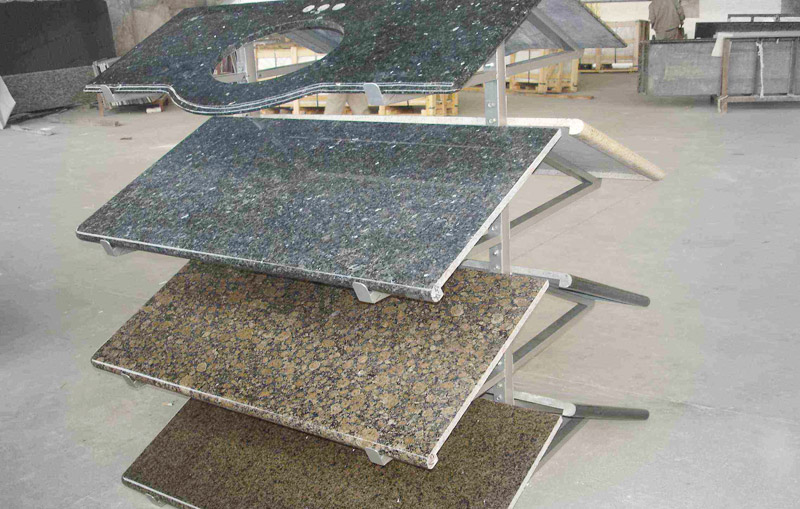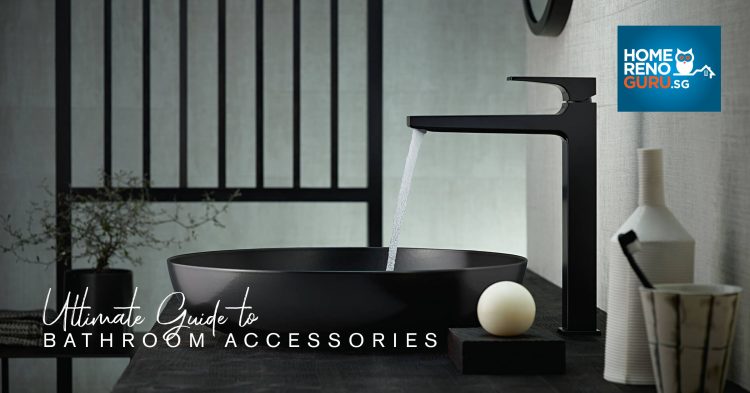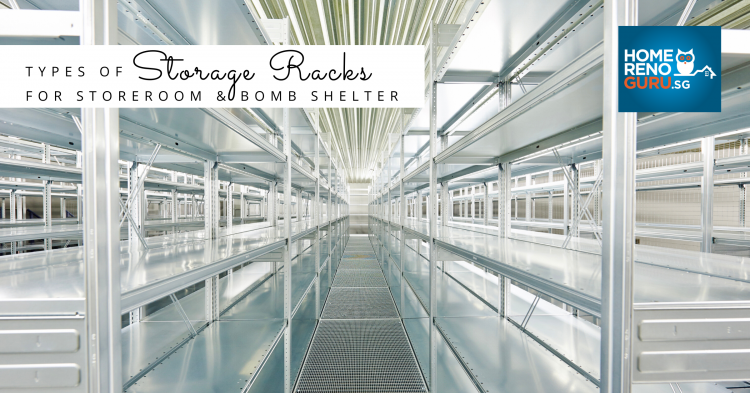
“Why would I care so much for a countertop?” You ask. It’s the focal point of most kitchens, so it’s important that it looks presentable and serves its purpose well. Here are some of the most popular materials in the market. Find out which is most suitable for your kitchen:
Granite countertops.
Granite is the most popular and most used natural stone countertop material. It comes in different colors, from bright hues to earthy tones to the classic whites, and can withstand wear and tear. Fabricators usually craft one-piece granite counters that are up to 10-feet long and treat them with a stain-resistant sealer. While they’re not relatively cheap, most homeowners use this because they’re readily available and hot nowadays.
Soapstone countertops.
Soapstone is a porous material that comes in greenish-black or green-grey colors. This natural stone has to be sealed with mineral oil to lessen and minimize staining. It also requires constant polishing.
Slate countertops.
Slate is a dense, nonporous stone that has a soft patina to it. It usually comes in these colors: green, black, gray, purple, and red. It’s easy to maintain—just use a steel wool to eliminate scratches.
Solid surface countertops.
These are made of 100 percent acrylic, 100 percent polyester, or a combination of both. They’re popular because they’re stain- and scratch-resistant. You won’t have a hard time getting rid of the scratches or burns, because they can be easily sanded out. Unlike its counterparts, solid-surfacing materials come in hundreds of colors and designs.
Plastic laminate countertops.
More commonly referred to as Formica (the brand), this is a tough and resilient material that can last for many years. It also comes in exciting colors, patterns, and textures. When choosing this material for your countertop, make sure you only use general-purpose laminates. Get ready-to-install counters from your neighborhood home center.
Ceramic tile countertops.
While ceramic tile has become a less practical countertop material for homeowners over the years, it still remains as a legitimate choice. The trick here, experts say, is look for ceramic tiles that are made for floors or countertops—wall tiles are pretty thin and will break easily.
Wood countertops.
Wood countertops look warm, classy, and rustic, but they require hard-core maintenance. To bring out the natural beauty of wood, it has to be varnished every four to six weeks. Made from rock maple, teak, cherry, or oak, wood countertops can be fabricated in three ways: edge-grain (counters made of long, thick wood strips), end-grain (made of short, square sticks of wood), and wide plank (wide boards glued together).
Precast concrete countertops.
Flat and super-smooth, concrete counters are getting the buzz these days. The slabs are about 1 ½ in. thick and can be as long as 10 feet. Worried about cracking? Fabricators use metal rebar or wire mesh to make the counter stronger. You can also add pigments and inlays (pebbles, shells) during the mixing to achieve color and style.
——–
Cover photo courtesy of Ninja Cam







